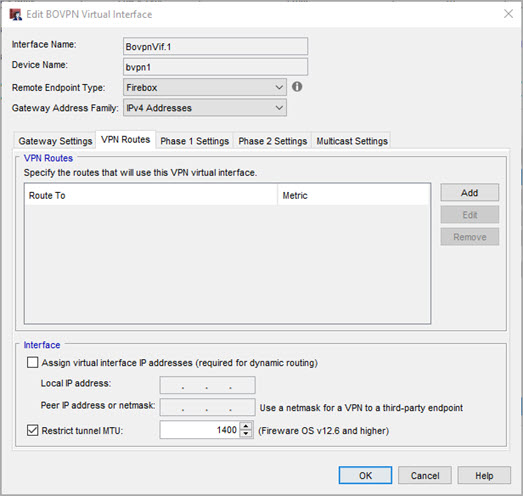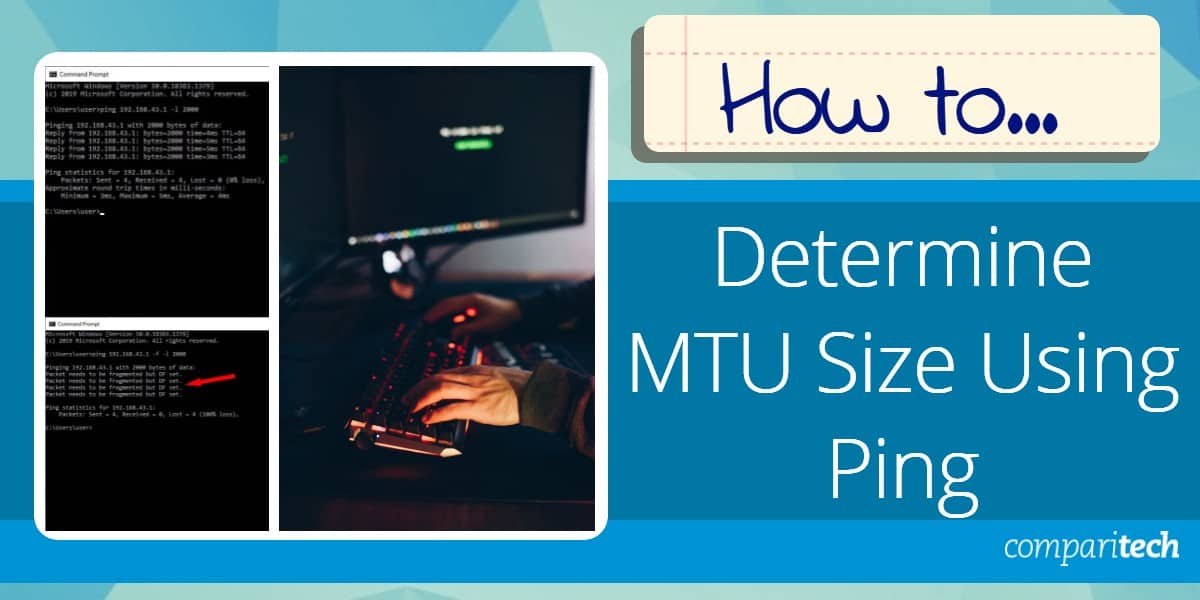

Reduce the buffer size until you are successfully connected. If the packet was too large you will get the message: " Packet needs to be fragmented but DF set" (with 100% packet LOSS). If the PING passes successfully, you will get a reply from the IP address specified. However if you're running VPN traffic in your network and you're experiencing throughput issues, you may try following the instructions below.Įxample: Ping -f -l 1464 If the ping is successful (no packet loss) at 1464 payload size, the standard MTU will be "1464 (payload size) + 20 (IP Header) + 8 (ICMP Header)" = 1492.
#How to determine best mtu for vpn how to
IEEE 802.1Q tag adds 4 bytes (Q-in-Q would add 8 bytes).Īs per How to change the MTU size, you should set the MTU size according to.MPLS adds 4 bytes for each label in the stack.IPSec encryption performed by the DMVPN adds 73 bytes for ESP-AES-256 and ESP-SHA-HMAC overhead (overhead depends on transport or tunnel mode and the encryption/authentication algorithm and HMAC).Any time you add another outer IPv4 header adds 20 bytes.Following is a list of protocol and encapsulation overhead added to the frame. The amount of bytes of protocol overhead vary based on the encapsulation type.

The encapsulation that takes place adds protocol header overhead, and thus the systems sending 1500-byte packets across the network cannot be sent in-tack to the other side. When one protocol's packets or frames get encapsulated within another protocol there is an overall increase in the frame size. Note: Sometimes the article How to change the MTU size is enough, but other times you may experience further issues so you may find these information useful. This article explains how to set the MTU value on the default WAN interface whenever the VPNs are experiencing throughput (or packet retransmission) issues.


 0 kommentar(er)
0 kommentar(er)
